Discover the results achieved by the Turkish consortium testing Next Generation 112
As the world moves forward and embraces new technologies, people are discovering and opting for communications methods that go beyond traditional voice calls – a revolution emergency services cannot be excluded from.
Next Generation 112 (NG112) seeks to harness the life-saving potential of new technologies, incorporating them to the work of emergency services and shift from emergency calls to emergency communications. The NG112 architecture would also allow citizens to reach emergency services via different channels that can involve not only voice, but also text, video… and even sharing information like a person’s location or other relevant data. For emergency responders, being able to access all of this information would provide them with invaluable insight into the situation they are dealing with, greatly improving their work and results.
In April 2019, EENA launched a pilot project focused on demonstrating Next Generation’s 112 use in real-life environments. Emergency services from Turkey, Croatia, Austria, Italy, and Denmark have worked to showcase how voice and data can be delivered to Public Safety Answering Points (PSAPs) in a full Internet-based Protocol (IP) environment, following international standards to develop and test different NG112 architecture modules.
The Turkish consortium brought together the work of the Turkish Emergency Ambulance Physicians Association, the Turkish Ministry of Health, and solutions-developers Armakom Information Technologies and Havelsan.
Partners firstly focused on demonstrating emergency communications (voice, video, and text) in real-life environments. By implementing the NG112 architecture, the consortium was able to establish Internet Protocol (IP) based voice calls, together with communications that involved the real-time sharing of video and text with emergency services. Based on preliminary results of the testing, new features were considered in order to improve the communications between citizens and first responders – such as the ability to transmit health data and implementation of smart sentences for both the caller and the call-taker in real-text situations.
The consortium not only successfully established phone-based emergency communications, but also demonstrated the connectivity of emergency services with smart objects. As part of the latest developments in the Internet of Things, home speakers have become a familiar reality for thousands of users worldwide. But what if these handy appliances could also help during an emergency?
The concept developed involved several pre-set emergency commands of specific and authorised users which could be detected by the system. Emergency signals would then be dispatched to NG112 centres to request help. Partners also tested home speakers to receive public warning messages (“reverse 112”), that would allow public authorities to make use of these devices to reach the population and alert them of an ongoing emergency, based on their location.
As proven by the consortium’s work, the implementation of NG112 would address numerous difficulties currently faced by emergency services and help them become as accessible and effective as possible.
